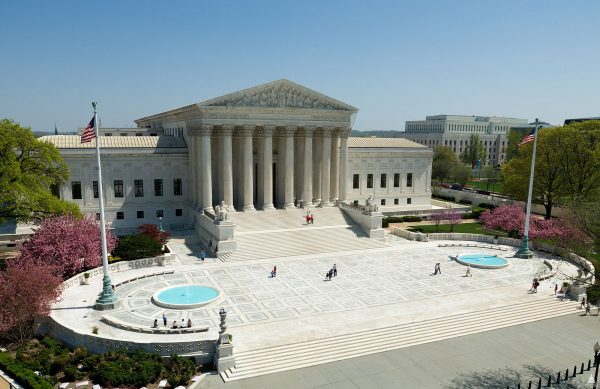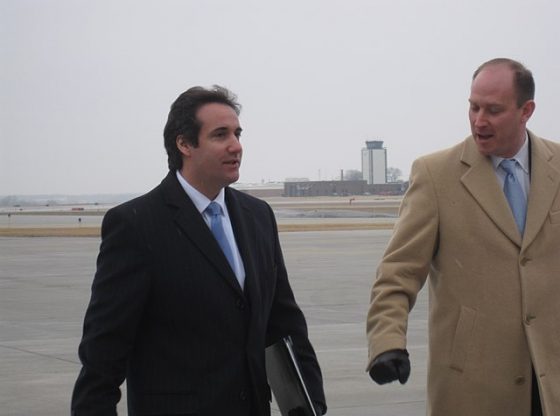Recent data from The Brown Daily Herald reveals a remarkable trend: approximately 40% of students at Brown University now either identify as LGBTQ or have a gender identity that does not conform to traditional norms. This percentage represents a nearly threefold increase in LGBTQI+ self-identification from 2010 to 2023. To put this into perspective, Brown University’s figure is more than five times the national average, which has also reached its highest point ever. According to Gallup, the national average of individuals identifying as LGBTQ has risen to 7.2%, compared to just 3% in 2012. While similar increases have been observed across the country, Brown University’s experience stands out as truly extraordinary.
Gallup’s research shows a surge in self-identification among Generation Z individuals, especially in terms of sexual orientation. Over 20% of Generation Z adults identify as LGBTQ, which is twice the percentage of millennials and nearly five times higher than Generation X. In contrast, only 3% of baby boomers and 0.8% of traditionalists identify as LGBTQ.
But what lies behind these figures? Many psychologists and analysts suggest that cultural pressures and societal narratives may be at work, rather than the individual exploration of one’s sexual preferences. Notably, the count of those identifying as bisexual seems to outpace the actual instances of bisexual behavior observed.
In a concerted effort to support this shift, Brown University has incorporated queer studies into various departments and expanded the resources available at its LGBTQ Center. These actions mirror a wider trend in American higher education. The Washington Examiner highlights that Brown’s high identification rate is not an outlier, but aligns with findings from other elite universities.
However, a study by the Center for the Study of Partisanship and Ideology raises significant questions about this surge in self-identification. The study suggests that many of those identifying as LGBTQ exhibit occasional, rather than consistent, opposite-sex attraction. This calls into question whether self-identification is a reflection of a genuine change in sexual orientation, or a response to external influences.
Reflecting on Brown University’s recent history, the institution has faced its fair share of controversy in this particular domain. In 2018, there was significant outcry when the university decided to remove a research paper titled “rapid-onset gender dysphoria” from its website. The paper, authored by Professor Lisa Littman from the Brown University School of Public Health, explored the possibility that external societal and peer influences might contribute to the sudden emergence of gender dysphoria among teenagers. It suggested a correlation between the rise of transgender ideology during 2015 and 2016, coinciding with the decline of the social media platform Tumblr, which had been associated with influencing children and fostering the new generation of the transgender movement.
















Fulfillment of the Bible. The apostles wrote about people in the days leading up to the return of Jesus leaving natural affections.
Good tuition money wasted on LGBTQ conversion garbage….
And what does this say about Brown University’s recruiting and acceptance policies? Now they can go by tbe way of Bud Light and Target swimware.
40% of students can’t actually be that delusional. Most are just participating in a college-age fad. In some universities, that shouldn’t be a surprise.
How disgusting. I’m not referring to their lifestyle. I’m referring to just how weak their feeble little minds are so easily manipulated. Gross!
Must be the ones who got accepted as racially qualified.
ALL LGBTQ head to Brown Univ OK